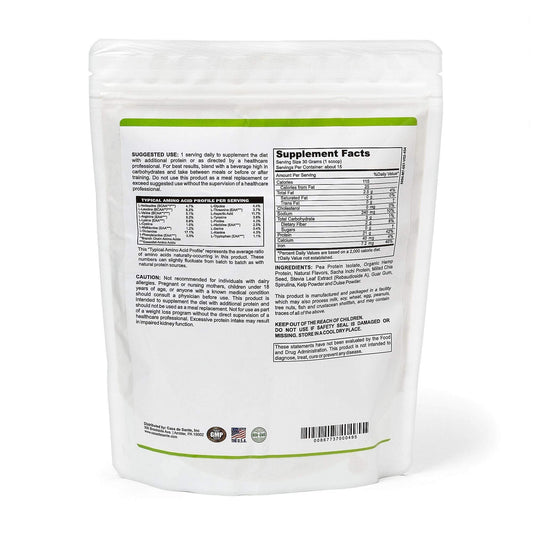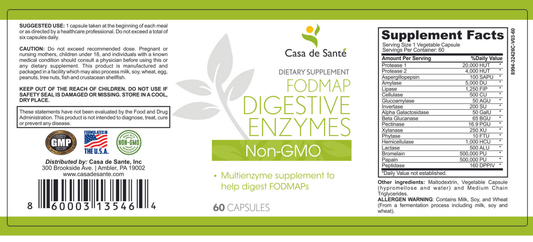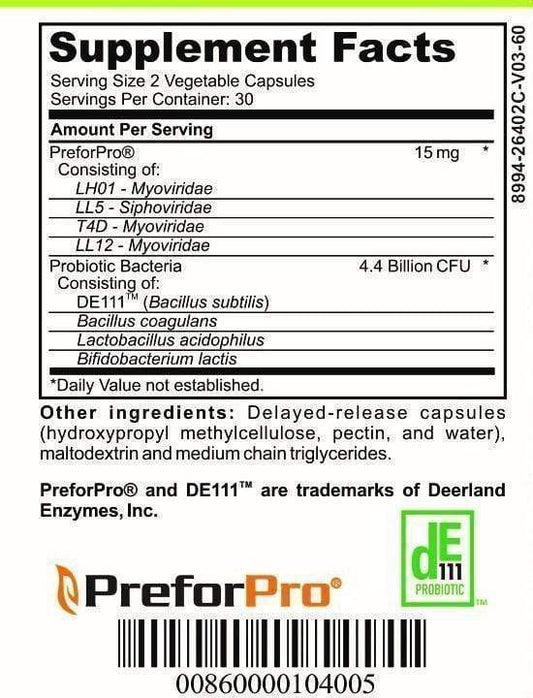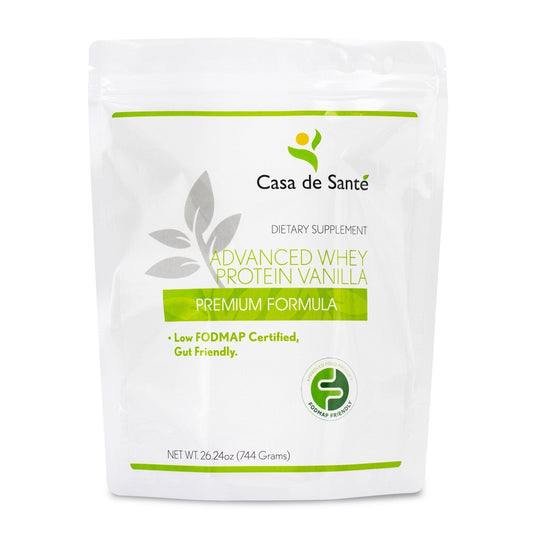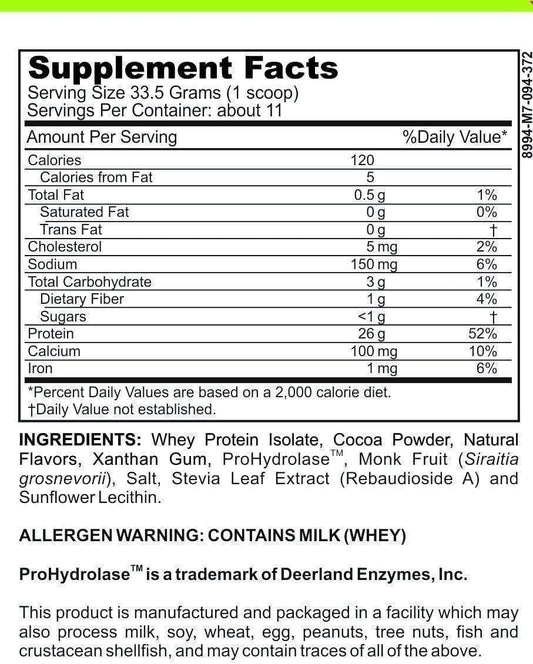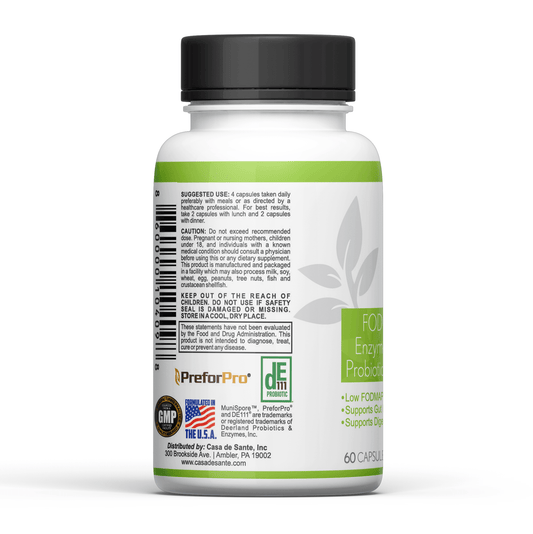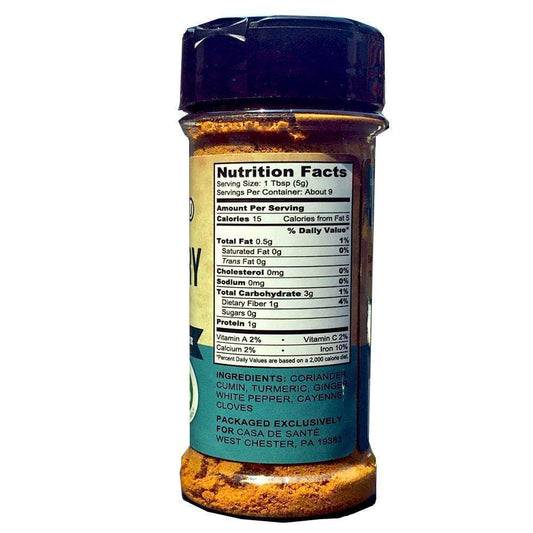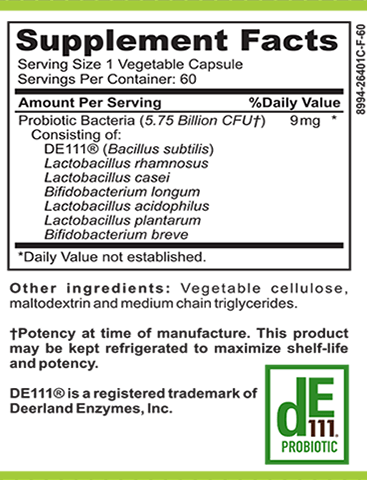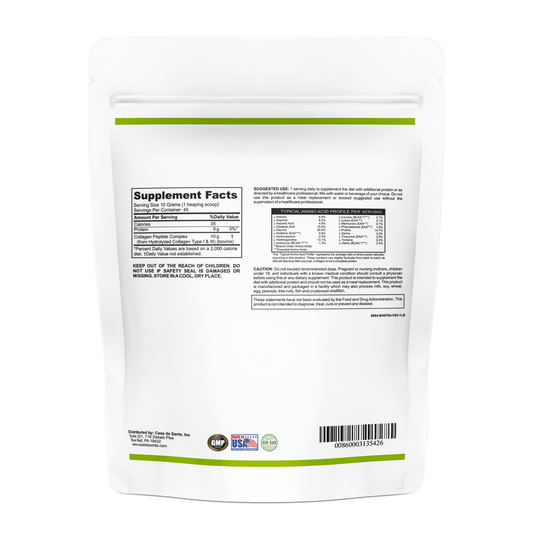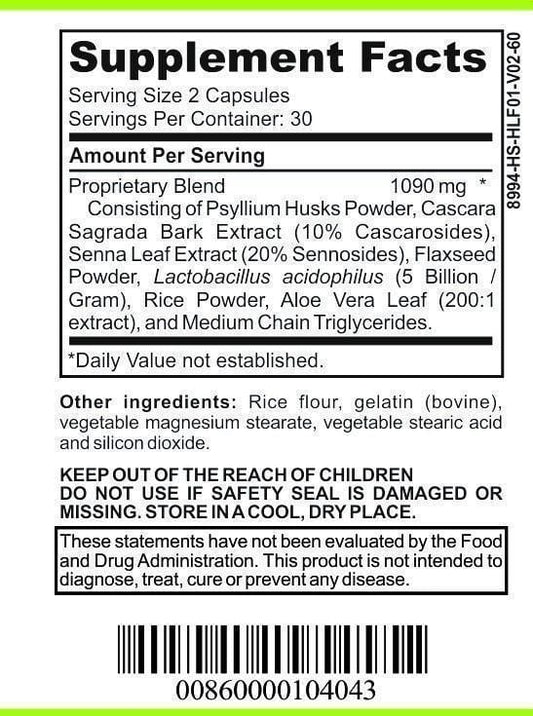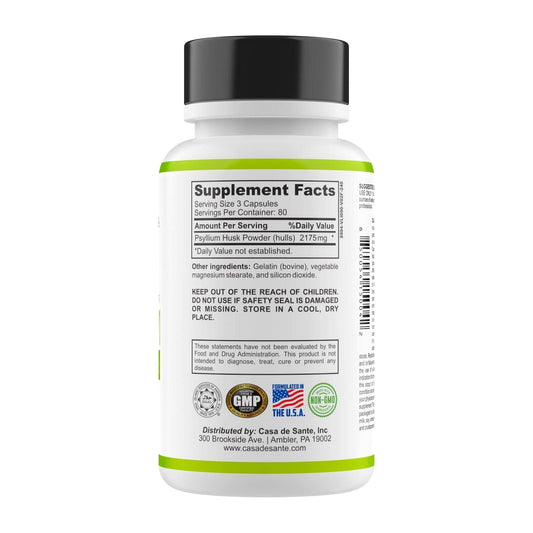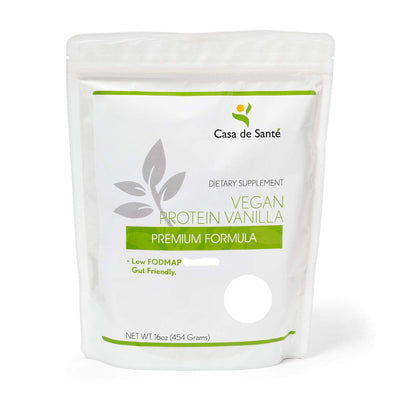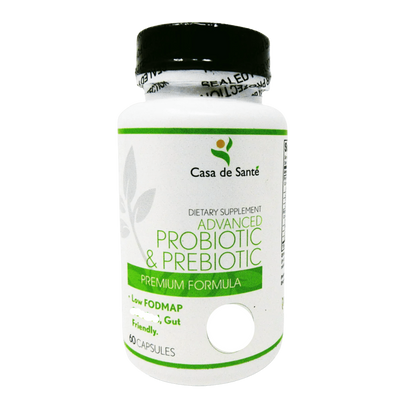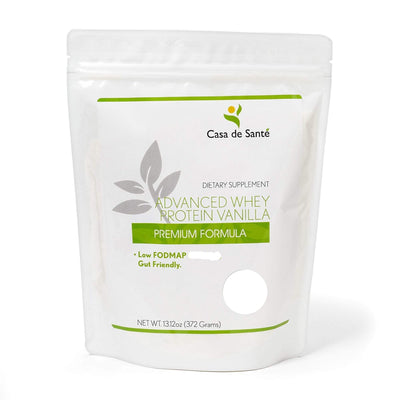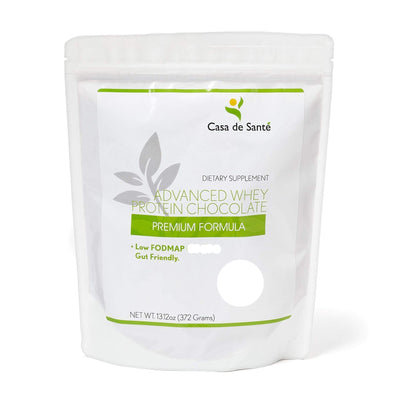Is Risotto Gluten Free
Is Risotto Gluten Free
Risotto is a delicious and versatile Italian dish that has gained popularity around the world. However, for those with gluten sensitivities or celiac disease, the question arises: is risotto gluten free? In this article, we will explore the gluten content of risotto and provide guidance on making gluten-free risotto at home.
Understanding Gluten and Its Effects
Before diving into the gluten content of risotto, let's first understand what gluten is and how it affects the body. Gluten is a protein found in wheat, barley, and rye. For individuals with celiac disease, consuming gluten can lead to the activation of the immune system, causing damage to the small intestine and various side effects such as abdominal pain, diarrhea, and fatigue.
What is Gluten?
Gluten is a family of proteins found in grains such as wheat, barley, and rye. It provides elasticity and structure to baked goods, making them chewy and giving them a desirable texture.
Gluten is composed of two main proteins: gliadin and glutenin. When these proteins come into contact with water, they form a sticky network that gives dough its stretchiness. This network traps carbon dioxide produced by yeast or baking powder, allowing bread and other baked goods to rise.
Gluten is not inherently bad for most people. In fact, it is a staple in many diets around the world. However, for individuals with celiac disease or non-celiac gluten sensitivity, gluten can wreak havoc on their health.
Common Sources of Gluten
Gluten can be found in various food products beyond bread and pasta. It lurks in many processed foods, condiments, sauces, and even some unexpected items like soy sauce and beer. It is crucial to carefully read food labels and be aware of hidden sources of gluten.
Some common sources of gluten include:
- Bread and baked goods
- Pasta and noodles
- Cereal and granola
- Crackers and pretzels
- Beer and malt beverages
- Sauces and gravies
- Soy sauce and teriyaki sauce
- Processed meats and sausages
It's important to note that gluten can also be found in non-food items such as medications, supplements, and even cosmetics. Therefore, individuals with gluten sensitivities or allergies must be cautious and diligent in their product choices.
How Gluten Affects the Body
For individuals with celiac disease, consuming gluten triggers an immune response. This response damages the lining of the small intestine, leading to poor nutrient absorption and a range of health problems. Even individuals without celiac disease may experience non-celiac gluten sensitivity, which can cause similar symptoms without the same immune system response.
When gluten is ingested by someone with celiac disease, the immune system mistakenly identifies it as a threat and launches an attack. This immune response damages the villi, which are finger-like projections that line the small intestine. As a result, the surface area available for nutrient absorption is significantly reduced.
Over time, this damage can lead to malnutrition and deficiencies in essential vitamins and minerals. It can also cause a variety of symptoms, including but not limited to:
- Abdominal pain and bloating
- Diarrhea or constipation
- Weight loss or weight gain
- Fatigue and weakness
- Iron-deficiency anemia
- Joint pain and inflammation
- Headaches and migraines
- Depression and anxiety
It's important for individuals with celiac disease or gluten sensitivity to strictly follow a gluten-free diet to manage their symptoms and prevent further complications.
The Basic Ingredients of Risotto
Now that we have a better understanding of gluten, let's explore the basic ingredients of risotto. Traditional risotto is made primarily with Arborio rice and broth, with additional ingredients for flavor and texture.
Arborio Rice: The Heart of Risotto
Arborio rice is a short-grain rice with a high starch content. This characteristic gives risotto its creamy and velvety texture. The grains of Arborio rice are plump and absorbent, allowing them to release their starches slowly during the cooking process. As a result, the rice becomes tender and creates a rich, luxurious consistency that is the hallmark of a well-made risotto.
Arborio rice is named after the town of Arborio in the Po Valley region of Italy, where it has been cultivated for centuries. The unique growing conditions in this region, with its rich soil and abundant water supply, contribute to the exceptional quality of Arborio rice.
When selecting Arborio rice for your risotto, look for grains that are pearly white and have a slightly translucent appearance. This indicates that the rice is fresh and of high quality. Avoid rice that appears dull or has a yellowish tint, as these are signs of age and may result in a less desirable texture.
It is worth noting that while Arborio rice is a type of rice and not a grain like wheat or barley, it is naturally gluten-free. This makes it an excellent choice for individuals who follow a gluten-free diet but still want to enjoy the indulgent pleasure of risotto.
The Role of Broth in Risotto
Broth is another essential component of risotto, providing moisture and flavor. It serves as the cooking liquid for the rice, gradually absorbing into the grains and infusing them with its savory essence. The choice of broth can greatly influence the taste of the final dish.
Traditionally, risotto is made with meat-based broth, such as chicken or beef, which adds depth and richness to the flavor profile. The broth is typically homemade, simmered slowly with aromatic vegetables, herbs, and bones to extract maximum flavor. However, vegetable broth can be used as a suitable alternative for those following a gluten-free or vegetarian diet.
When using store-bought broths, it is essential to carefully check the labels as some may contain gluten additives. To ensure a gluten-free risotto, look for broths that are specifically labeled as gluten-free or make your own broth at home using fresh ingredients.
For an extra layer of flavor, you can also enhance your broth by adding additional ingredients such as dried mushrooms, Parmesan rinds, or a splash of white wine. These additions will infuse the broth with their unique characteristics, elevating the taste of your risotto to new heights.
Common Additions to Risotto
As risotto is a versatile dish, many ingredients can be added to enhance its flavor and texture. The possibilities are endless, limited only by your imagination and personal preferences. Here are some common additions that can take your risotto to the next level:
- Vegetables: From earthy mushrooms to vibrant asparagus, a wide variety of vegetables can be incorporated into risotto. Sauté them separately before adding them to the rice to enhance their flavors and textures.
- Seafood: Shrimp, scallops, and lobster are popular choices for seafood risottos. Their delicate flavors pair beautifully with the creamy rice, creating a luxurious and indulgent dish.
- Herbs: Fresh herbs such as basil, thyme, and parsley can add a burst of freshness and aroma to your risotto. Stir them in towards the end of cooking to preserve their vibrant flavors.
- Cheese: Cheese is a classic addition to risotto, providing richness and depth. Parmesan, Gruyère, and Fontina are commonly used, but feel free to experiment with different types of cheese to find your perfect combination.
When incorporating these additions into your risotto, it is important to ensure that they are sourced and prepared properly to maintain their gluten-free status. Choose fresh, high-quality ingredients and avoid any pre-packaged products that may contain hidden sources of gluten.
Remember, risotto is a dish that invites creativity and experimentation. Don't be afraid to try new combinations and flavors to create a risotto that is uniquely yours. With the right ingredients and a little bit of patience, you can master the art of risotto and delight your taste buds with every bite.
The Gluten Content in Risotto
When it comes to risotto, understanding the gluten content is essential for those following a gluten-free diet. Let's dive deeper into this topic and explore the various factors that contribute to the gluten content in this beloved dish.
Is Arborio Rice Gluten Free?
One of the primary ingredients in risotto is Arborio rice, and the good news is that it is naturally gluten-free. Arborio rice, known for its high starch content and creamy texture, is a safe choice for those with gluten sensitivities or celiac disease. Its luxurious texture and ability to absorb flavors make it an excellent choice for gluten-free risotto recipes.
Checking the Gluten Content in Broth
While Arborio rice itself is gluten-free, the broth used in risotto can sometimes be a hidden source of gluten. When using store-bought broth, it is crucial to read the label carefully. Some broths may contain gluten additives or be processed in facilities that also handle gluten-containing products. To ensure the gluten-free status of your risotto, look for certified gluten-free labels on the broth packaging. Alternatively, you can opt for homemade broth, where you have full control over the ingredients and can guarantee its gluten-free status.
Gluten in Additional Risotto Ingredients
Aside from Arborio rice and broth, the gluten content of additional ingredients in risotto can vary. It is important to carefully read labels, especially for pre-packaged seasonings, sauces, and cheeses. Some commercially available seasonings and sauces may contain gluten or be processed in facilities that handle gluten-containing products. To ensure a safe and enjoyable gluten-free risotto experience, choose gluten-free versions of these ingredients or make your own gluten-free alternatives.
When it comes to cheeses, certain types may contain gluten due to the use of additives or cross-contamination during production. However, many cheeses are naturally gluten-free, such as Parmesan and Pecorino Romano. To be certain, always check the label or consult with the manufacturer to ensure that the cheese you are using in your risotto is gluten-free.
Furthermore, if you decide to add vegetables, meats, or seafood to your risotto, it is crucial to consider their gluten content as well. Fresh vegetables, unseasoned meats, and unmarinated seafood are typically gluten-free. However, processed or marinated versions may contain gluten or have come into contact with gluten during processing.
By being diligent in reading labels and choosing gluten-free ingredients, you can create a delicious and safe gluten-free risotto. Enjoy the creamy goodness of this classic dish without worrying about gluten-related concerns!
Making Gluten-Free Risotto at Home
Now that we know the gluten content in risotto, let's discuss how to make delicious gluten-free risotto at home.
Choosing the Right Ingredients
To ensure your risotto is gluten free, start by selecting gluten-free Arborio rice and gluten-free broth. Check labels for potential sources of gluten and choose fresh, unprocessed ingredients whenever possible. Use gluten-free seasonings and toppings to enhance the flavor of your dish.
Cooking Techniques for Gluten-Free Risotto
When cooking gluten-free risotto, it is essential to use separate utensils and cookware to prevent cross-contamination. Make sure your cooking environment is clean and free from gluten-containing products. Follow gluten-free cooking techniques and practices to create a safe and delicious gluten-free risotto.
In conclusion, risotto can be gluten free if prepared with the right ingredients and attention to detail. By understanding the gluten content in risotto and making informed choices, individuals with gluten sensitivities or celiac disease can still enjoy this beloved Italian dish. With gluten-free Arborio rice, homemade or certified gluten-free broth, and carefully selected additional ingredients, gluten-free risotto can be a delightful addition to your culinary repertoire.


